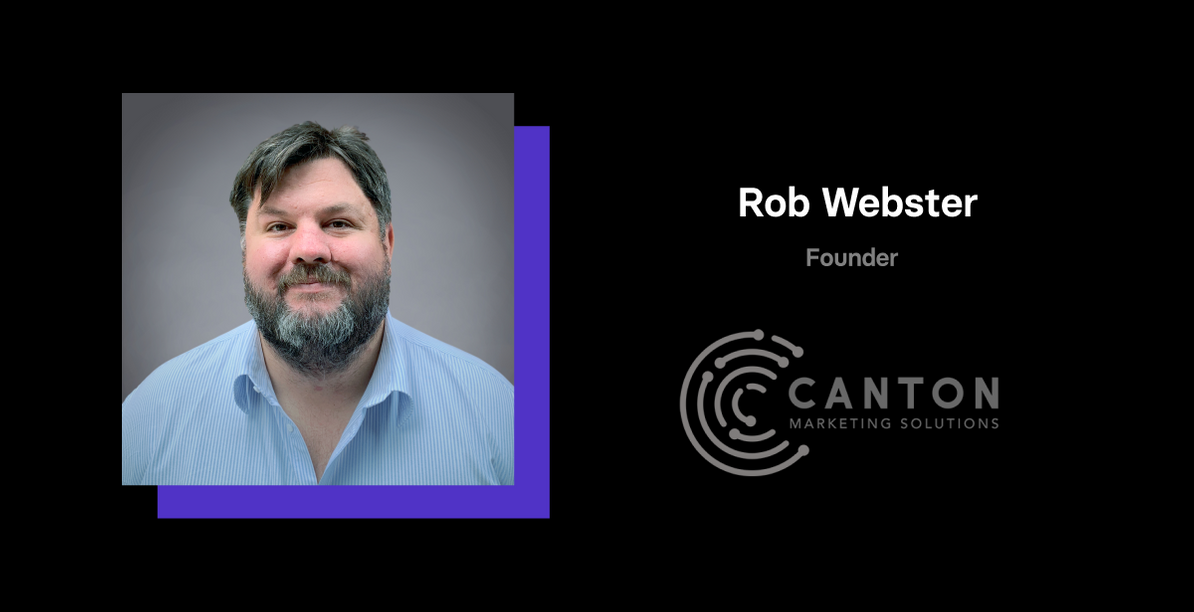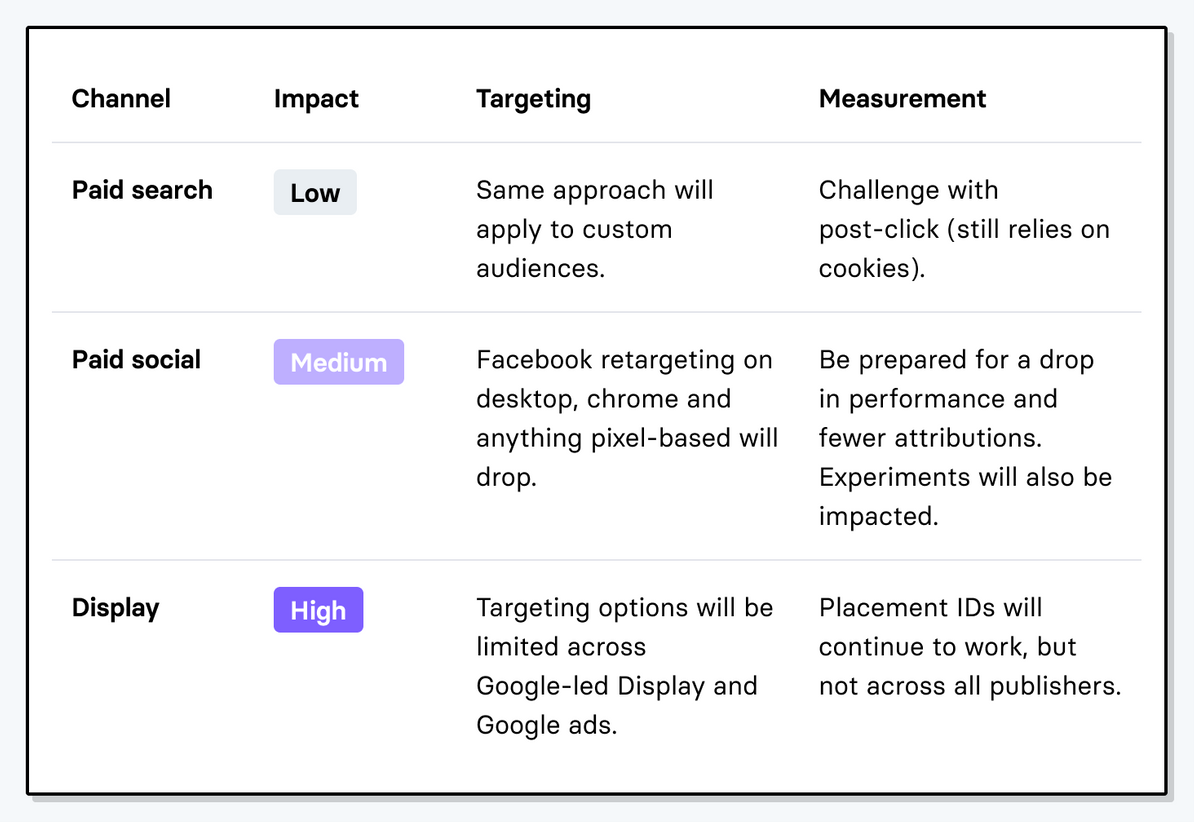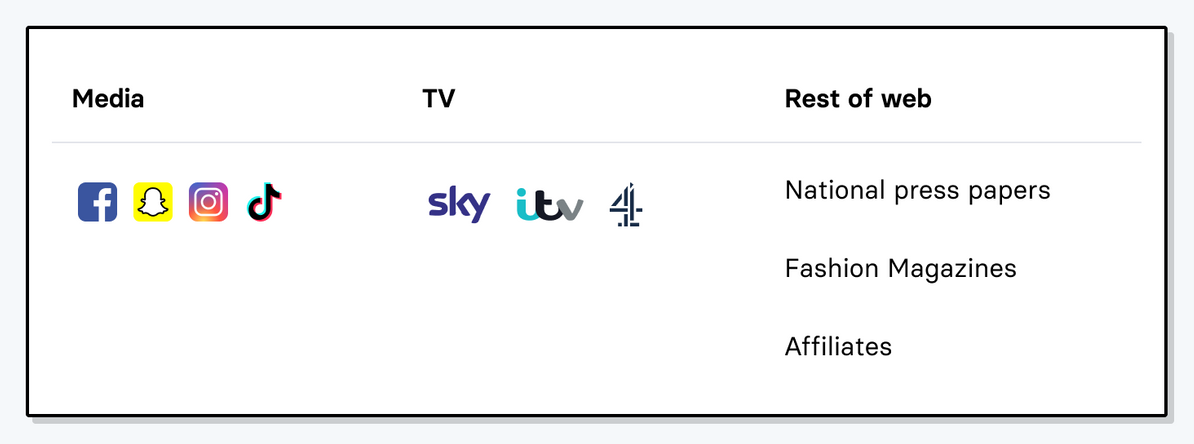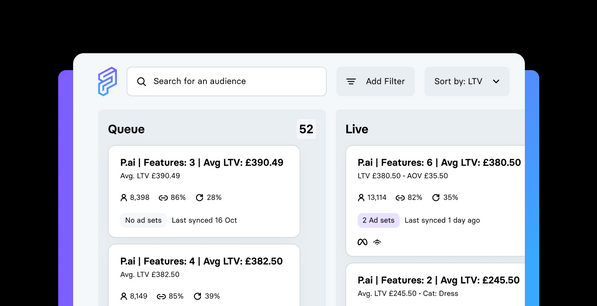“Before the internet, marketers would market to groups rather than individuals. The introduction of Federated Learning Organisation of Cohorts (FLoCs) is the future. I think it’s right that this homogeneous strategy should become one again.”
With over 20 years of experience, Rob Webster has worked across online media on the publisher, advertiser, portal, network and agency side.
We asked Rob what Google’s announcement on the privacy sandbox and FLoC-based cohorts means for marketers.
Running order:
- The biggest challenge will be measurement.
- The future of advertising is logged-in.
- Google is just one part of the ecosystem. With a fragmented advertising landscape, you’ll need to apply different techniques to each browser and prioritise environments around your customer base.
The biggest challenge is measurement.
Dean: If you were a client-side marketer, how would you be responding to the death of cookies & iOS14?
Rob: I’d split my approach into two:
- Targeting
- Measurement
Targeting is perhaps the easier of the two. There will always be targeting options, from FLoC-based cohorts to logged-in experiences.
In terms of retargeting, it was the direct response of digital marketing through the 2010s. Using individual IDs for retargeting was widely accepted, despite customers never giving their permission. From a customer point of view, the decline in retargeting is great. For a marketer, not so great. But it’s the balance we’ll have to pay.
On the other hand, measurement is vital. If you can’t measure it, you can’t improve it — and the industry is addicted to last-click measurement.
Dean: Say more on measurement. How do you see it evolving next year?
Rob: Most measurement practices will stop working next year. Period.
If you use a Google tech stack, you can guarantee that it will keep working next year post-click. Google Cloud Messaging (GCM) will work just as well and provide post-click measurement.
But, you can’t rely on Google Analytics (GA) to measure your media. It was designed to measure the website, not marketing performance. If your finance team wants to see results based on GA data, they’re making a massive mistake. Unless all they want to see is how well Google says it contributes to performance outcomes!
There’s a clear conflict of interest. GA is designed to assist in the monetisation of Google products. It’s no accident that brand search sits firmly within their Acquisition page. GA is designed to reward brand search as much as it rewards clicks from a brilliant top-of-funnel ad elsewhere — while the two things are very different from an intent and incrementality POV
Client-side marketers (advertisers) will need to reinvest and rebuild their media measurement. I’d look for technology that offers independent measurement in a world dominated by one or two giants.
Fundamentally, if it was an important channel for you before, it will remain important. You’ll still be able to measure most of it.
If you see an increase in your CPA or a worse ROI, try and understand what that actually means in the real world. Most of the impact (even if the CPA is double) will be a false representation of change, because less will have actually changed in the real world.
Run a risk calculation on how much the channel means to you and accept that retargetable volumes will drop regardless. If you assess the risk and see that 5% of your current sales come from display, you might conclude that you’ll be ok.
Frankly, the alternative is to pay a tonne of money for a solution in a fast-moving space, where there’s no guarantee that it’ll work in the long-term. Is it worth spending that money on the technology, or do you wait and see?
The future of advertising is logged-in.
Dean: You’ve said that the future of advertising is logged-in. Any advice on how marketers can build a meaningful logged-in experience for customers?
Rob: Google has made sure that its browser cannot be complicit in the exposure of user identity in advertising. Once you’ve logged-in, you’re connected to that server by an ID, which the publisher can serve personalised ads to.
For the business, there are three main benefits:
- Usability
- Visibility (from an advertiser’s perspective)
- Financial monetisation e.g. gated content
The question is: What kind of value or reason can you give someone to log in?’
If you’re lucky enough to deliver value, such as Apple on their latest products or ASOS on the latest apparel, you’ll do well out of these changes. If you sell a utility, you’ll want to produce content that’s meaningful enough for people to subscribe to.
Dean: What does prospecting look like in the post 3PC era?
Rob: Building lookalike audiences is an amazing place to start. And I know Programmai has a progressive solution to that. But it’s not the only way to prospect. There are ways of prospecting without any customer ID at all.
Years ago, my company Canton Marketing Solutions helped a well known furniture retailer market their luxury homeware.
Most customers lived in certain parts of West London. Marketing to specific postcodes became a really important thing for their marketing. They then overlaid this with contextual data, such as what publications their target audience read.
Whenever you have a product that’s not for everyone, you can prospect completely ID free. Refine that audience and be careful not to lose reach.
Dean: What are the competitive risks of moving to these FLoCs?
Rob: Before the internet, marketers would market to groups rather than individuals. The introduction of FLoCs is the future. I think it’s right that this homogeneous strategy should become one again.
Moving away from third-party cookies (3PC) is a good thing for consumers. By definition, it’s good for us all. 3PC had gone beyond their usefulness and were becoming potentially dangerous and widely disliked by everyone.
However, there’s a lot of risk in the detail. Can the data be misused in a way that still hurts consumers?
I have two concerns.
- FLoCs are controlled by Google and will assert dominance over the publishers. Google will choose what’s right for their environment rather than publishers or marketers. There’s no power to influence beyond lobbing what makes up a cohort. By getting the information first, they’ll be able to offer better measurement and take more ad spend from the publishers.
- Competitor retailers may use digital fingerprinting, even if technically impossible. Under normal web targeting, if someone is in a city under a postcode and IP address, when does that become a personal identifier? Fundamentally, the more variables you have, the more chance you can digitally fingerprint. If competitor retailers use this to advertise, there will be grey practices. If you don’t follow them, you may feel like you’re losing out to the competition.
Crucially, the move will give most of the advantage to the world’s largest publishers — Google, Apple, and Facebook.
In the UK, 67% of marketing spend goes to Facebook and Google. That’s over half of total marketing spend.
It’ll make it harder for local media companies to succeed, and it’s these media companies that pay tax, show creativity, create a healthy job market and are part of a healthy democracy. For regulators, while celebrating an improvement to privacy, we need to look at competitive steps.
GDPR was done with the best intentions, but it made the logged-in ad platforms even more dominant because this is where the general population spend most of their time (logged-in/authenticated). The independent ad-tech players lacked this.
Google is just one part of the ecosystem.
Dean: Given the online experience is ever-more fragmented, how can marketers adjust their techniques to cater to all the browsers and devices?
Rob: Look at where your customers are today.
- What browser do they use?
- Are they in-app or in-store?
- Where’s your source of sale?
Then, divide up mobile and desktop traffic. Judge where your sales are and make sure that those are well looked after. There will be some elements that are unknown. What steps can you take to work out what you don’t know?
Look at what you need to do differently to make each environment work properly.
Where does your audience live? What should you do to reach them?
These are the fundamental questions that marketers have been asking for the last hundred years. Yet, for the last ten years, they’ve stopped asking that question.
In summary:
- Reinvest and rebuild your media measurement. Prioritise technology that gives you independent measurement in a world dominated by Google and Facebook.
- Risk assess the impact on each platform and prioritise your highest performing channels. Manage expectations across the business about the drop in performance.
- Deliver value to customers with a meaningful logged in experience. What is your value exchange? Why would someone sign up? Everything else will fit in once you can answer that question.
- Consider where your audience are and how best to reach them. Use this as an opportunity to go back to the marketing fundamentals: the strategies that existed before the internet, and may continue to exist after it. Where are your prospects, and what should you do to reach them?
Closing comments from Dean:
Thank you Rob for this interview. If you need strategic advice on how to navigate these challenges, let us know and we’ll connect you to Rob and Canton Media.
For a first-party based solution to the death of the cookie and iOS14, get in touch with Programmai to learn about how you can gain a targeting edge over your competitors in the logged-in ad platforms.






